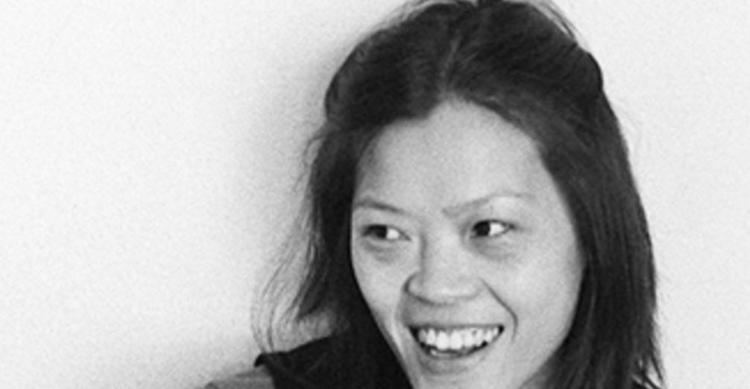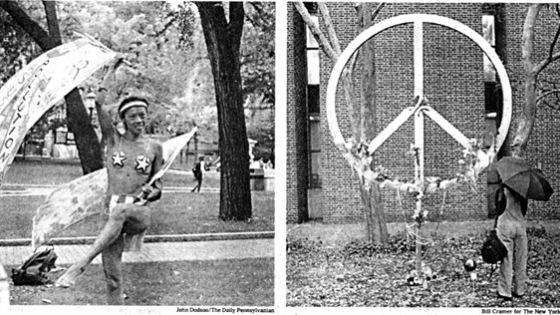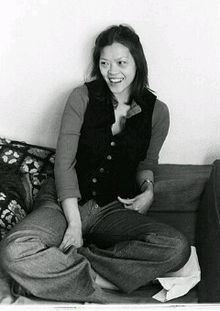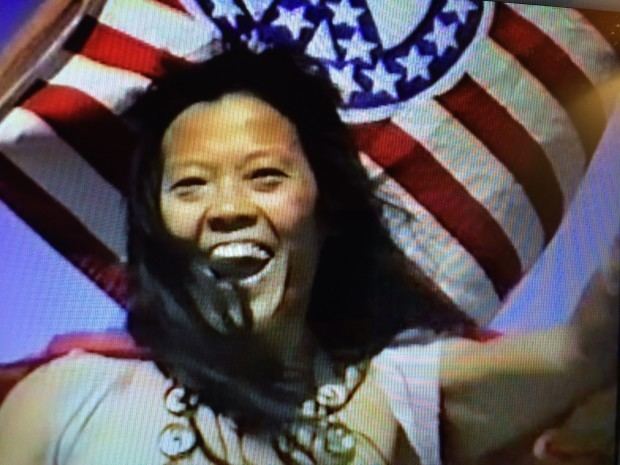Other names Kathleen Chang | Role Artist Name Kathy Change | |
 | ||
Died October 22, 1996, Philadelphia, Pennsylvania, United States Similar Norman Morrison, Charles R. Moore (minister), Alice Herz | ||
Kathy Change (October 10, 1950 – October 22, 1996), born Kathleen Chang, was an American political activist, writer, and performance artist who killed herself in an act of self-immolation on the University of Pennsylvania campus in 1996. She changed her performance name to Kathy Change to indicate her commitment to political and social change. She was the daughter of Chinese academics who emigrated to America in the wake of the Chinese Revolution. Change was married for five years to writer Frank Chin.
Contents

Life

Change was born as Kathleen Chang in Ohio in 1950. Her father, Sheldon Chang, was an engineer and a professor at the State University at Stony Brook, Long Island, New York. Her mother Gertrude was a writer. She had one brother. Her parents divorced while she was a teenager. Her mother committed suicide when Kathy was 14 years old.

Change graduated from the Bronx High School of Science in New York City and briefly attended Mills College and the Bronx campus of New York University. Upon her marriage, she moved to California.
In 1976, she wrote and illustrated a 24-page children's book, The Iron Moonhunter. The book is about the life of Chinese workers on the Central Pacific railroad in the 19th century.
In 1981, Change moved to Philadelphia. Around this time, her life became increasingly defined by her political activism and by what many observers would term mental illness. The New York Times noted that she had seen psychiatrists off and on for her adult life, although friends were unaware if a specific illness had been diagnosed. For a brief period in the early 1980s, she squatted in an abandoned Philadelphia building with others.
In the later years of her life, she added an "e" to her last name, and informally changed her name to Kathy Change.
Activism
Change was drawn to political activism for diverse causes for most of her adult life. In 1990, she was named "Freedom Fighter of the Month" by High Times magazine, recognizing her activism for cannabis legalization. For 20 years she gave colorful one-woman street performances on Penn's campus and around Philadelphia to protest the government, during which she danced, sang, played the guitar and electronic keyboard, waved handmade flags, and made speeches. These performances included a weekly presentation on Sunday afternoons at the Philadelphia Museum of Art. In the final years of her Art Museum performances, she was joined by singer/songwriter David Downing, who wrote "Stop the Business (Transformation Day)," an anthem for her political movement. In a packet of her writings that she delivered to The Philadelphia Inquirer, the Daily Pennsylvanian, and several of her friends and acquaintances on the morning of her death, she explained the rationale behind her suicide:
I want to protest the present government and economic system and the cynicism and passivity of the people…as emphatically as I can. But primarily, I want to get publicity in order to draw attention to my proposal for immediate social transformation. To do this I plan to end my own life. The attention of the media is only caught by acts of violence. My moral principles prevent me from doing harm to anyone else or their property, so I must perform this act of violence against myself. . . . It is a waste of energy to get angry and gripe at the government. The government must be replaced with a truly democratic self-government of, for and by the people. Those working in industries essential to maintaining life should democratically take over their workplaces and organize an emergency economy to supply the needs of the people. The rest of the people should meet in their communities to organize a new directly democratic community-based self-government.
At 11:15 am, October 22, Change doused herself with gasoline in front of the peace symbol sculpture of the university, and set herself on fire. Flames shot ten feet in the air as she danced in front of approximately fifty onlookers. Penn Police officer Bill Dailey put out the flames with his jacket (see below). She was taken to the university hospital with burns over 100% of her body. She was pronounced dead at 11:48 am.
Legacy
A memorial is held in her honor every year on October 22 at the peace sign sculpture on the University of Pennsylvania campus where Kathy died. The memorial attracts artists, activists and performers, among others.
Percussionist/composer Kevin Norton wrote a suite for Kathy Change entitled Change Dance (Troubled Energy) in 2001 and was released late in 2001/early 2002 on the Barking Hoop label.
Drummer Tyshawn Sorey composed and performed "For Kathy Change," a quintet in her honor, in March 2011.
University police officer William Dailey was subsequently honored at a 1997 ceremony held by the school's Division of Public Safety, for attempting to prevent Change's suicide. A speech given at the event cited Dailey's "heroism under emotionally stressful and physically dangerous circumstances". Dailey noticed the flames from Change's immolation, and when he determined that the source of the conflagration was a person, he ran forward, pushed her to the ground, and extinguished the fire by rolling her and smothering the flames with his patrol jacket.
